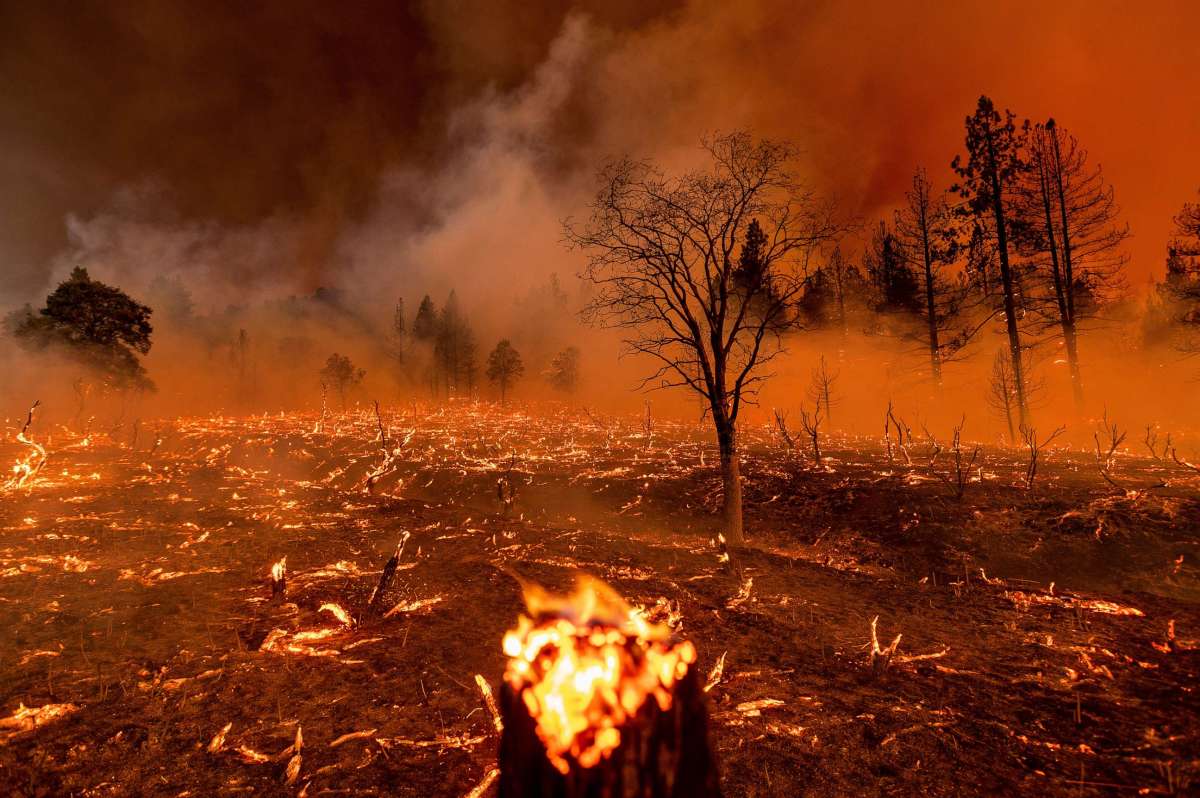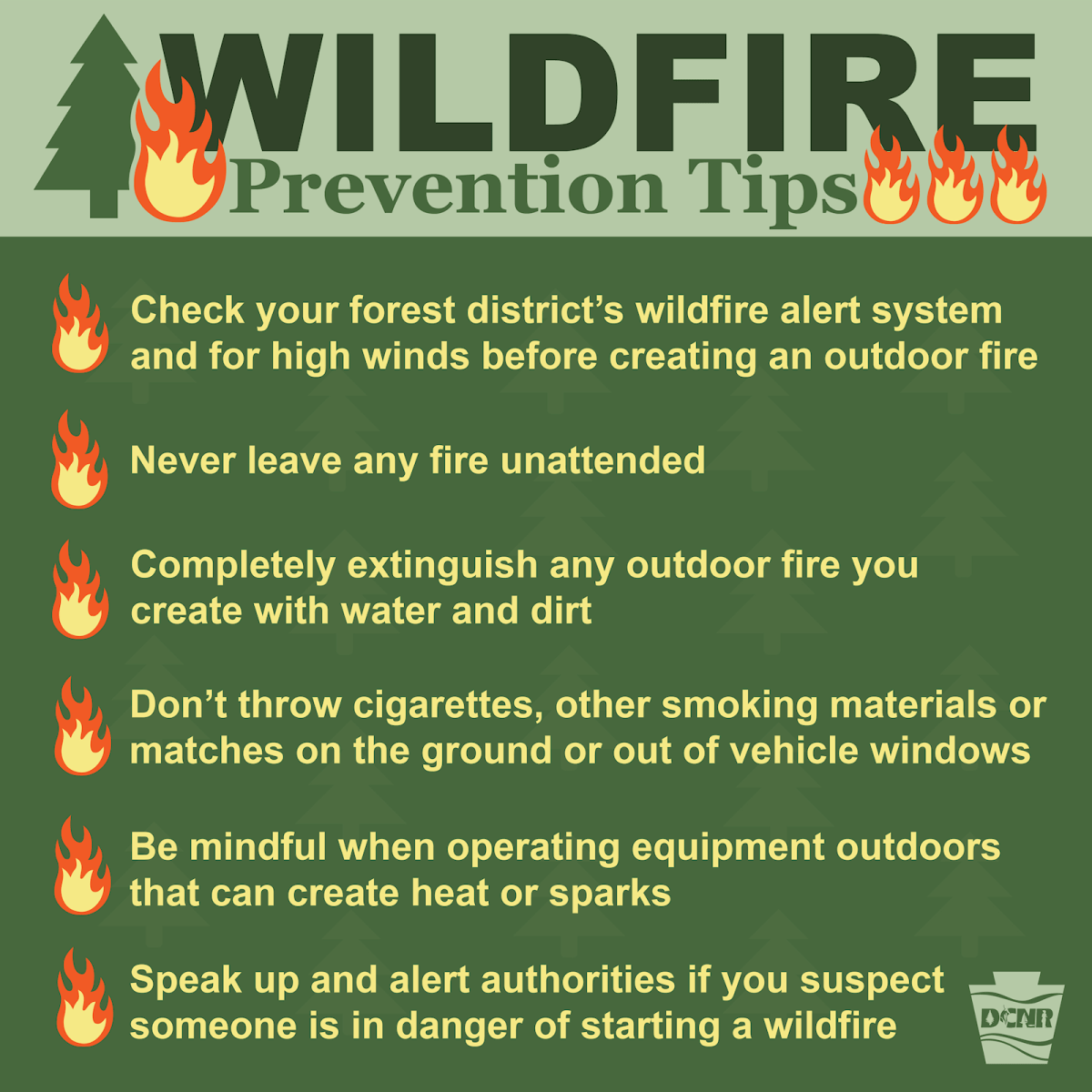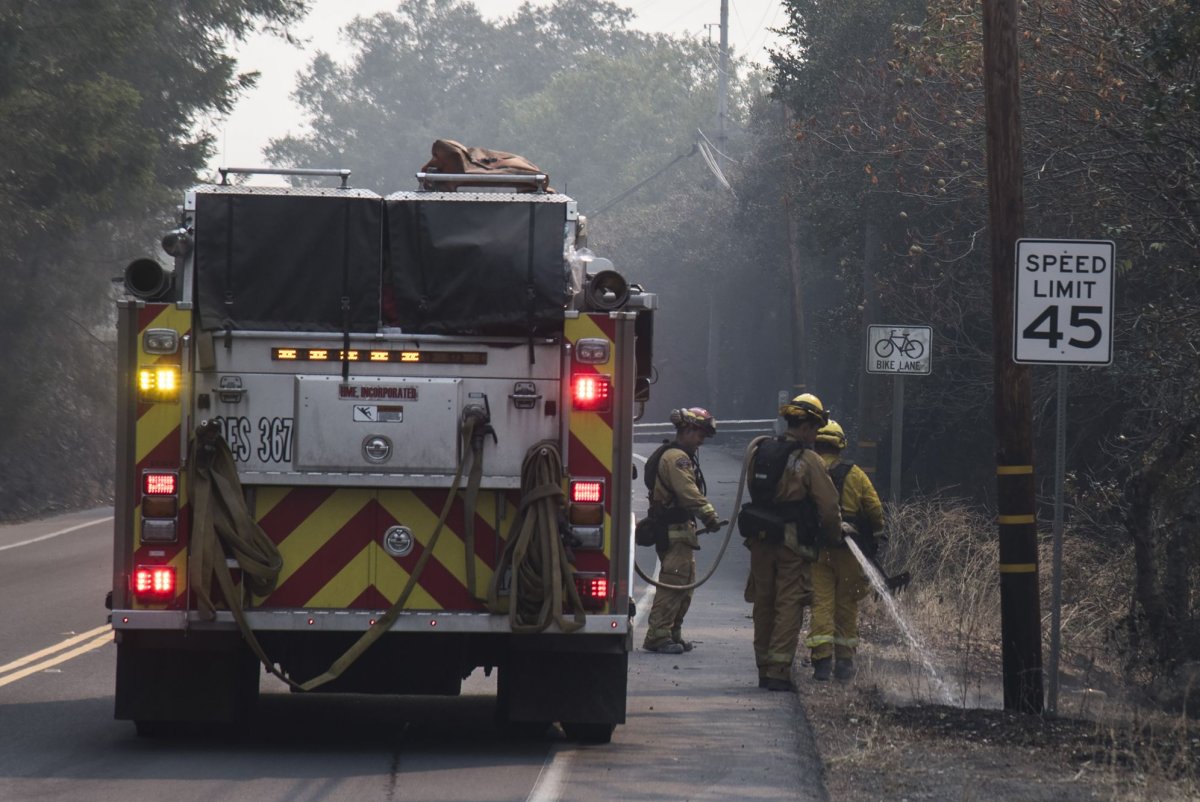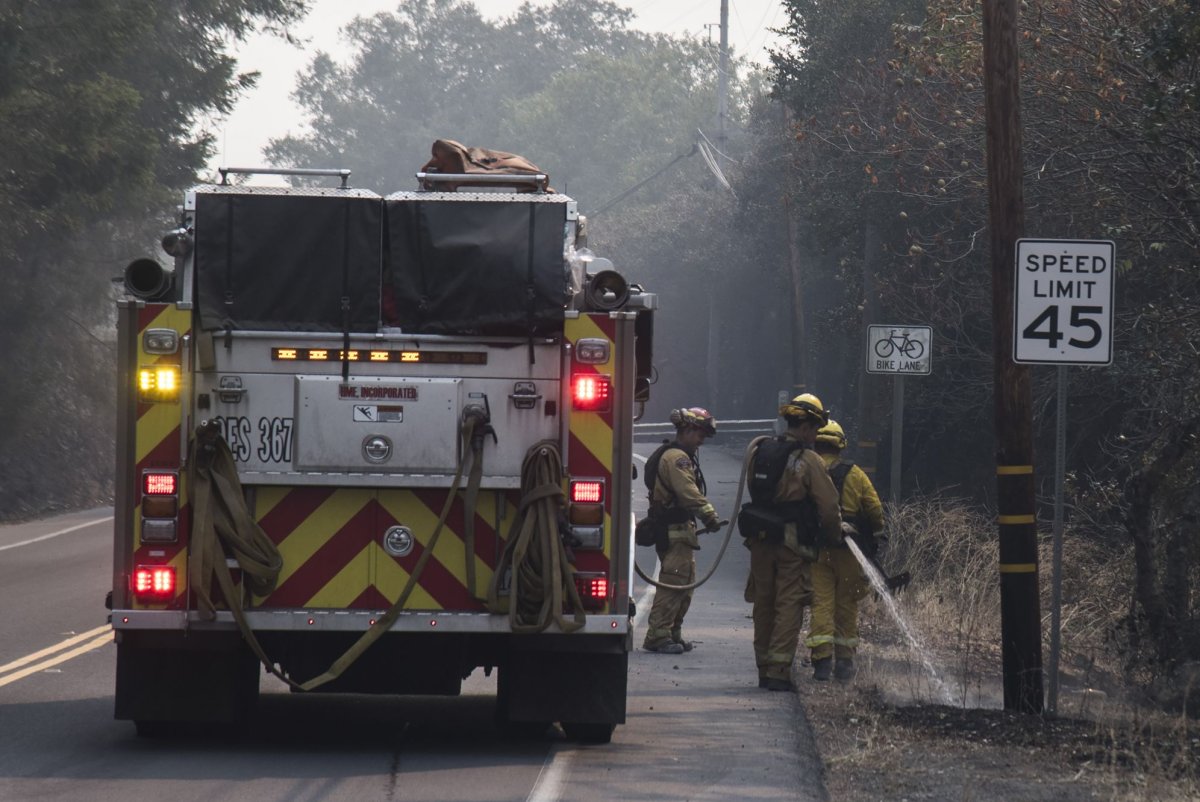Here’s how California has increased forest management and wildfire prevention efforts reveals a multifaceted approach. California’s battle against increasingly destructive wildfires involves a complex strategy encompassing proactive forest management, community engagement, and technological advancements. This isn’t just about fighting fires; it’s about fundamentally changing how we interact with our forests.
The state has implemented aggressive programs focusing on fuel reduction, expanding prescribed burns, and leveraging technology for early detection and response. These efforts aim to improve forest health, create fire-resistant landscapes, and better protect communities. However, the scale of the challenge, coupled with logistical and budgetary constraints, presents ongoing hurdles.
Increased Forest Thinning and Fuel Reduction Programs in California
California’s approach to wildfire mitigation heavily relies on proactive forest management, particularly through increased forest thinning and fuel reduction programs. These programs aim to reduce the density of trees and underbrush, creating defensible spaces and lessening the intensity of wildfires. Several methods are employed, each with its own effectiveness and environmental considerations.
Forest Thinning Methods in California
Various techniques are used for forest thinning, each suited to different forest types and conditions. The choice of method depends on factors like terrain, tree density, and environmental sensitivity.
| Method | Area of Application | Effectiveness | Environmental Impact |
|---|---|---|---|
| Mechanical Thinning (e.g., using chainsaws, feller bunchers) | Diverse terrain, large-scale projects | Highly effective in reducing fuel load, but can be costly and disruptive. | Potential for soil compaction and habitat disruption; careful planning minimizes impact. |
| Prescribed Burning | Areas with suitable weather conditions and minimal risk to surrounding areas | Effective in reducing surface fuels and promoting forest health, but requires careful planning and monitoring. | Can improve soil fertility and biodiversity, but carries risks to air quality and potential for escapes. |
| Hand Thinning | Steep slopes, sensitive areas | Precise removal of specific trees, minimizing damage, but labor-intensive and less efficient for large areas. | Lower environmental impact compared to mechanical methods, but higher cost. |
| Grazing | Open woodlands, grasslands | Reduces fine fuels, but effectiveness depends on grazing intensity and species. | Can positively impact biodiversity if managed properly; overgrazing can be detrimental. |
Mechanical Thinning vs. Prescribed Burns
Both mechanical thinning and prescribed burns are crucial tools, but they differ in their approach and effectiveness. Mechanical thinning offers precise removal of trees, ideal for dense forests, while prescribed burns reduce surface fuels more broadly. For instance, large-scale mechanical thinning projects have been implemented in the Sierra Nevada to reduce fuel loads in high-risk areas, while prescribed burns are frequently used in the chaparral regions of Southern California to manage underbrush.
Challenges in Implementing Large-Scale Fuel Reduction Projects
Despite their importance, large-scale fuel reduction projects face significant challenges. Logistical hurdles include accessing remote areas and transporting equipment. Funding limitations often restrict the scope and speed of projects. Public opposition, stemming from concerns about environmental impacts or aesthetic changes, can also delay or prevent implementation. Balancing these competing needs requires careful planning, stakeholder engagement, and transparent communication.
Expansion of Prescribed Fire Programs

Prescribed fire, the controlled application of fire under specific conditions, plays a vital role in forest health and wildfire prevention. Its history in California is marked by periods of both widespread use and suppression, reflecting evolving understandings of fire ecology and risk management.
Okay, so California’s upping its game on forest management to fight wildfires – it’s a big deal! Completely unrelated, but check out this cool thing: New Exhibit Celebrates Elvis’ 90th Birthday. Anyway, back to wildfires, improved forest thinning and controlled burns are key strategies being implemented to reduce fuel loads and prevent devastating blazes.
History and Evolution of Prescribed Fire in California
Historically, Indigenous peoples utilized fire as a land management tool, creating diverse landscapes and reducing wildfire risk. European settlement brought a shift towards fire suppression, leading to an accumulation of fuel and increased wildfire risk. However, in recent decades, there has been a renewed focus on prescribed fire as a crucial tool for forest health and wildfire mitigation, driven by research showing its ecological benefits and role in reducing wildfire severity.
Benefits and Risks of Prescribed Burns
Prescribed burns offer numerous benefits but also pose inherent risks. Careful planning and execution are critical to maximize benefits and minimize risks.
- Benefits: Reduced fuel loads, improved forest health, enhanced biodiversity, improved habitat for certain species, reduced wildfire intensity.
- Risks: Smoke impacts on air quality, potential for escapes (uncontrolled spread), impacts on cultural resources, risk to human safety and property.
Hypothetical Expansion Plan for Prescribed Fire in the Sierra Nevada
Expanding prescribed fire programs in the Sierra Nevada region requires a multi-faceted approach. This would involve securing adequate funding, recruiting and training specialized personnel, developing robust monitoring systems, and establishing strong community engagement strategies to address public concerns and secure support. Collaboration with local communities, fire agencies, and environmental organizations is crucial for successful implementation.
Improved Forest Health Monitoring and Assessment
Effective wildfire prevention relies on a robust system for monitoring and assessing forest health. This involves identifying key indicators of risk and using advanced technologies to track changes over time.
Key Indicators of Forest Health

Several key indicators are used to assess forest health and wildfire risk. These include tree density (measuring overcrowding), fuel load (amount of flammable material), insect infestation levels (detecting outbreaks that weaken trees), and tree mortality rates (indicating stress).
Innovative Technologies for Forest Health Monitoring
Modern technologies significantly enhance forest health monitoring capabilities.
California’s battling wildfires with improved forest management techniques, focusing on controlled burns and thinning dense forests. It’s a huge undertaking, almost as epic as the lineup for Bonnaroo 2027, which includes heavy hitters like Megadeth, Queens of the Stone Age and More Set for Bonnaroo 2027. Hopefully, these proactive forest management strategies will lessen the impact of future wildfires in the Golden State.
- Remote Sensing (satellite imagery, aerial photography): Provides large-scale assessment of forest conditions, allowing for early detection of changes in fuel loads or tree mortality.
- LiDAR (Light Detection and Ranging): Creates high-resolution 3D maps of forest canopies, providing detailed information on tree density and structure.
- Aerial Surveys: Visual inspections from aircraft, enabling detailed assessment of specific areas and identification of problem areas.
- Ground-based monitoring: Direct observation and data collection on the ground, providing detailed information on specific sites.
Comparison of Forest Health Monitoring Practices
California’s forest health monitoring program incorporates many best practices used globally in fire-prone regions, such as Australia and parts of the Mediterranean. However, the specific methods and technologies employed may vary depending on the unique ecological conditions and available resources of each region. Data sharing and international collaboration play a key role in improving monitoring strategies worldwide.
Community Wildfire Protection Plans and Mitigation Strategies
Community Wildfire Protection Plans (CWPPs) are crucial for integrating wildfire risk reduction efforts at the local level. They provide a framework for collaboration between communities, fire agencies, and other stakeholders to address specific wildfire risks.
Role of Community Wildfire Protection Plans (CWPPs)
CWPPs involve assessing local wildfire risks, identifying mitigation priorities, and developing action plans. These plans typically incorporate strategies for fuel reduction, defensible space creation around homes, public education, and emergency preparedness.
Examples of Successful CWPP Initiatives
| CWPP | Key Features | Success Metrics |
|---|---|---|
| [Example CWPP 1, e.g., a specific community in Sonoma County] | Focus on defensible space creation, community education, and prescribed burning. | Reduced number of homes lost in wildfires, increased community awareness. |
| [Example CWPP 2, e.g., a specific community in San Diego County] | Emphasis on fuel reduction projects, improved emergency response systems, and enhanced evacuation planning. | Faster evacuation times, improved wildfire suppression efforts. |
| [Example CWPP 3, e.g., a specific community in the Sierra Nevada foothills] | Combination of fuel reduction, community engagement, and proactive forest management. | Reduced wildfire intensity, increased community resilience. |
Challenges in Engaging Communities in Wildfire Preparedness
Effectively engaging communities in wildfire preparedness requires addressing various challenges, including raising awareness about wildfire risks, overcoming complacency, and addressing concerns about the costs and impacts of mitigation measures. Building trust, providing accessible information, and offering incentives can significantly improve community participation.
The Role of Technology in Wildfire Prevention and Response: Here’s How California Has Increased Forest Management And Wildfire
Technological advancements are transforming wildfire management, improving both prevention and response efforts. These tools enhance efficiency, effectiveness, and situational awareness.
Application of Advanced Technologies, Here’s how California has increased forest management and wildfire

Several technologies are improving wildfire management.
Improved Efficiency and Effectiveness
Early warning systems provide crucial time for evacuations and resource deployment. Predictive modeling helps anticipate wildfire behavior, allowing for more effective resource allocation. Drone technology enables rapid assessment of fire perimeters and difficult-to-reach areas, aiding in suppression efforts. Improved communication systems facilitate coordinated responses among agencies and communities.
Visual Representation of a Comprehensive Wildfire Management Strategy
Imagine a central hub, a digital command center, receiving data from various sources. Satellite imagery provides a broad overview of forest conditions and fire activity. LiDAR data reveals detailed forest structure, informing fuel reduction strategies. Weather data feeds into predictive models, forecasting fire spread. Drone footage offers real-time updates on fire behavior and suppression efforts.
Early warning systems send alerts to communities, while communication systems coordinate response teams on the ground. This integrated system uses technology to improve every aspect of wildfire management, from prevention to suppression and recovery.
Epilogue
California’s fight against wildfires is an ongoing evolution, a testament to the state’s commitment to proactive forest management and community safety. While challenges remain, the multifaceted approach combining improved forest health monitoring, community engagement, and technological innovation offers a pathway toward a more resilient future. The success of these strategies hinges on continued investment, collaboration, and adaptation to the ever-changing dynamics of wildfire risk.
Helpful Answers
What are the biggest challenges in implementing fuel reduction projects?
Logistical difficulties (accessing remote areas), securing sufficient funding, and overcoming public opposition (concerns about environmental impact) are major obstacles.
How does prescribed fire benefit biodiversity?
Controlled burns can mimic natural fire cycles, promoting the growth of fire-adapted species and reducing the dominance of invasive plants, thus boosting biodiversity.
What role do CWPPs play?
Community Wildfire Protection Plans (CWPPs) coordinate efforts between agencies, communities, and landowners to reduce wildfire risks at a local level through fuel reduction, defensible space creation, and public education.
What new technologies are being used?
So, California’s upping its game on forest management to fight wildfires – it’s a huge undertaking! Completely unrelated, but I saw that Ricki’s and Cleo’s clothing stores closing is impacting local economies. Anyway, back to California’s wildfire efforts, the increased funding for controlled burns is a key part of their strategy.
Early warning systems, predictive modeling software, drones for surveillance and fire suppression, and improved remote sensing for forest health monitoring are examples of key technological advancements.
